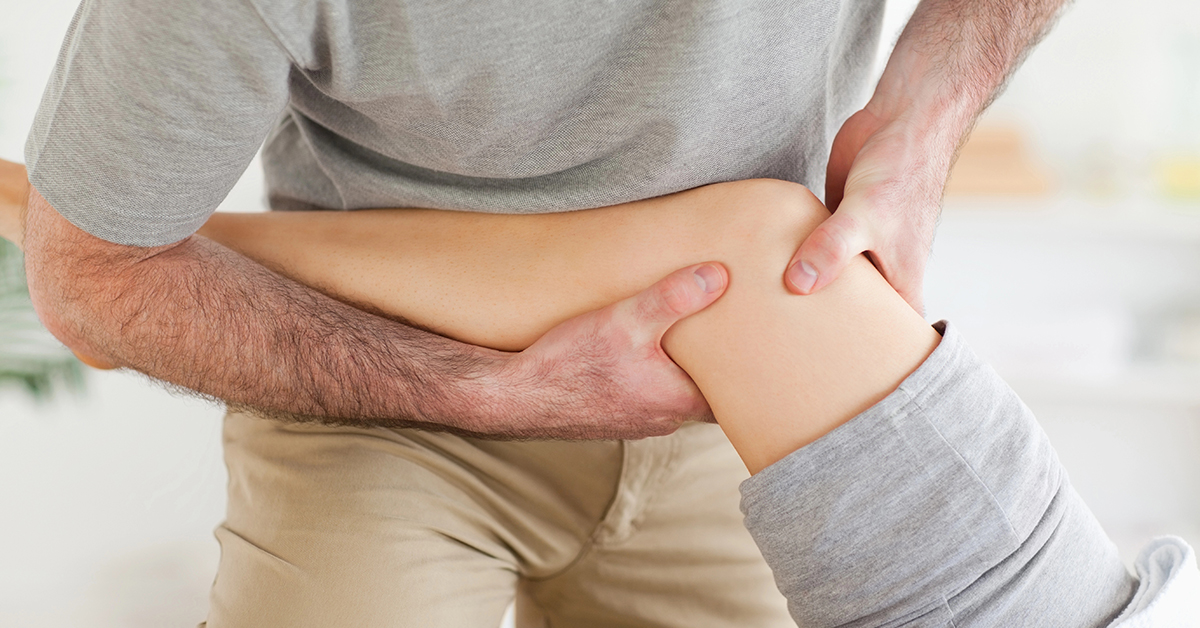
Physical Therapy for the Knee
Knee pain is a common issue that affects people of all ages and activity levels. Whether it's due to an injury, surgery, or chronic condition like osteoarthritis, physical therapy (PT) plays a crucial role in rehabilitation and recovery. In this blog, we will explore the benefits of physical therapy for the knee, common techniques used, and tips for maximizing your PT experience.
Benefits of Physical Therapy for the Knee
Pain Relief
One of the primary goals of physical therapy is to alleviate pain. Through a combination of exercises, manual therapy, and modalities like ice and heat, PT can significantly reduce knee pain and improve overall comfort.
Improved Mobility and Flexibility
Physical therapists work with patients to improve joint mobility and flexibility. Stretching exercises and techniques can help reduce stiffness, making daily activities easier and more comfortable.
Strengthening Muscles
Strengthening the muscles around the knee is essential for joint stability and function. PT includes targeted exercises to build strength in the quadriceps, hamstrings, calves, and hip muscles, which support the knee joint.
Enhanced Balance and Coordination
Improving balance and coordination is crucial, especially after an injury or surgery. PT can help prevent falls and other accidents by enhancing proprioception, the body's ability to sense its position in space.
Accelerated Recovery
For those recovering from knee surgery or an injury, physical therapy can speed up the healing process. A structured PT program ensures that patients regain function and return to their normal activities as quickly as possible.
Prevention of Future Injuries
Physical therapy not only addresses current issues but also helps prevent future problems. By improving strength, flexibility, and balance, PT reduces the risk of re-injury and chronic knee problems.
Common Physical Therapy Techniques for the Knee
Manual Therapy
Manual therapy involves hands-on techniques to manipulate the muscles and joints. This can include massage, joint mobilizations, and stretching to reduce pain and improve mobility.
Exercise Therapy
Exercise is a cornerstone of physical therapy. Therapists design individualized exercise programs that may include:
- Strengthening Exercises: Targeting the quadriceps, hamstrings, calves, and hip muscles.
- Flexibility Exercises: Stretching to improve range of motion.
- Balance Exercises: Activities to enhance stability and coordination.
- Aerobic Exercises: Low-impact activities like swimming or cycling to improve cardiovascular health and overall fitness.
Modalities
Various modalities can be used to complement exercise therapy, including:
- Heat and Cold Therapy: To reduce pain and inflammation.
- Ultrasound: To promote tissue healing and reduce pain.
- Electrical Stimulation: To improve muscle function and reduce pain.
Functional Training
Functional training focuses on improving the movements and activities specific to a patient's lifestyle or sport. This can include gait training, sports-specific drills, and activities of daily living.
Tips for Maximizing Your Physical Therapy Experience
Be Consistent
Consistency is key to achieving the best results from physical therapy. Attend all scheduled sessions and follow your therapist's recommendations for home exercises.
Communicate with Your Therapist
Open communication with your physical therapist is essential. Share any concerns, pain, or difficulties you experience during your sessions or with your home exercise program.
Set Realistic Goals
Work with your therapist to set realistic and achievable goals. This will keep you motivated and focused on your progress.
Stay Active
Incorporate physical activity into your daily routine, even outside of your PT sessions. Staying active can help maintain the gains you've made in therapy and improve overall health.
Follow Your Home Exercise Program
Your therapist will likely prescribe exercises to do at home. Adhering to this program is crucial for maintaining progress and preventing setbacks.
Physical therapy is a vital component of knee rehabilitation and recovery. Whether you're dealing with an injury, recovering from surgery, or managing a chronic condition, PT can provide significant benefits in pain relief, mobility, strength, and overall function. By understanding the techniques used and committing to your therapy program, you can maximize your recovery and improve your quality of life. If you're experiencing knee issues, consult a healthcare professional to see how physical therapy can help you achieve your rehabilitation goals.
